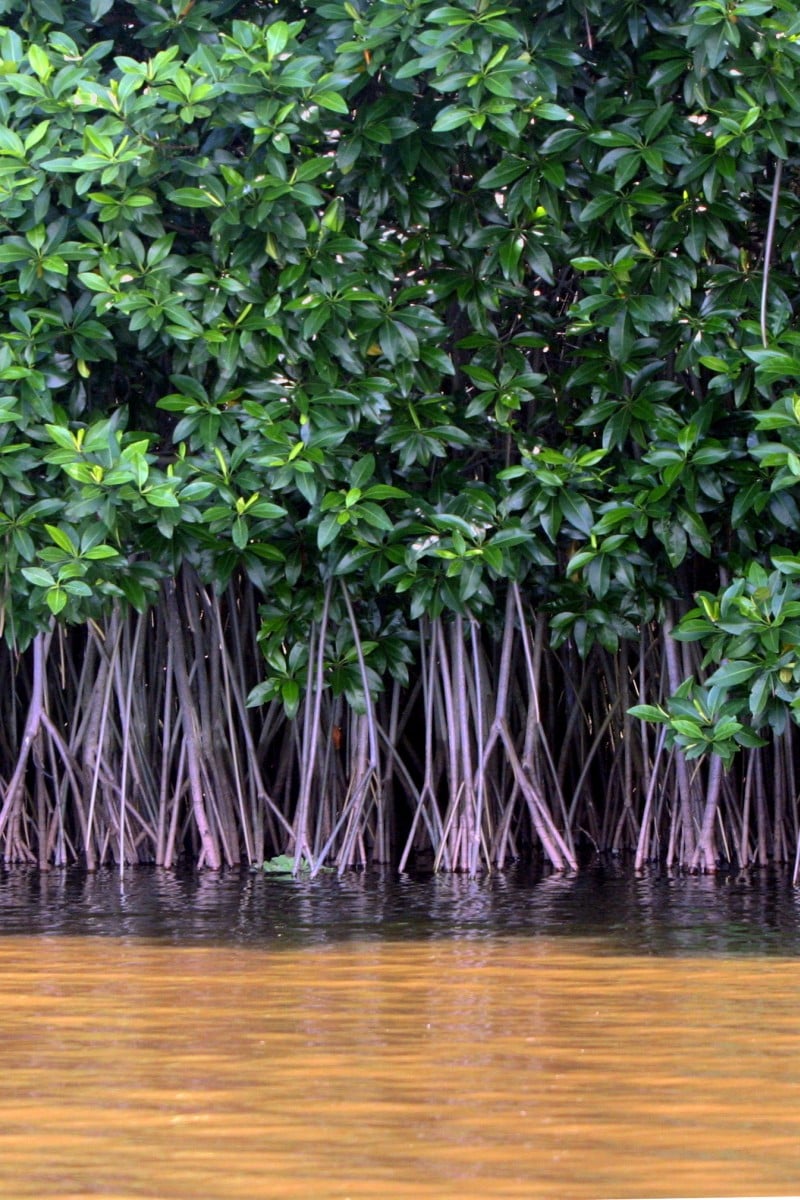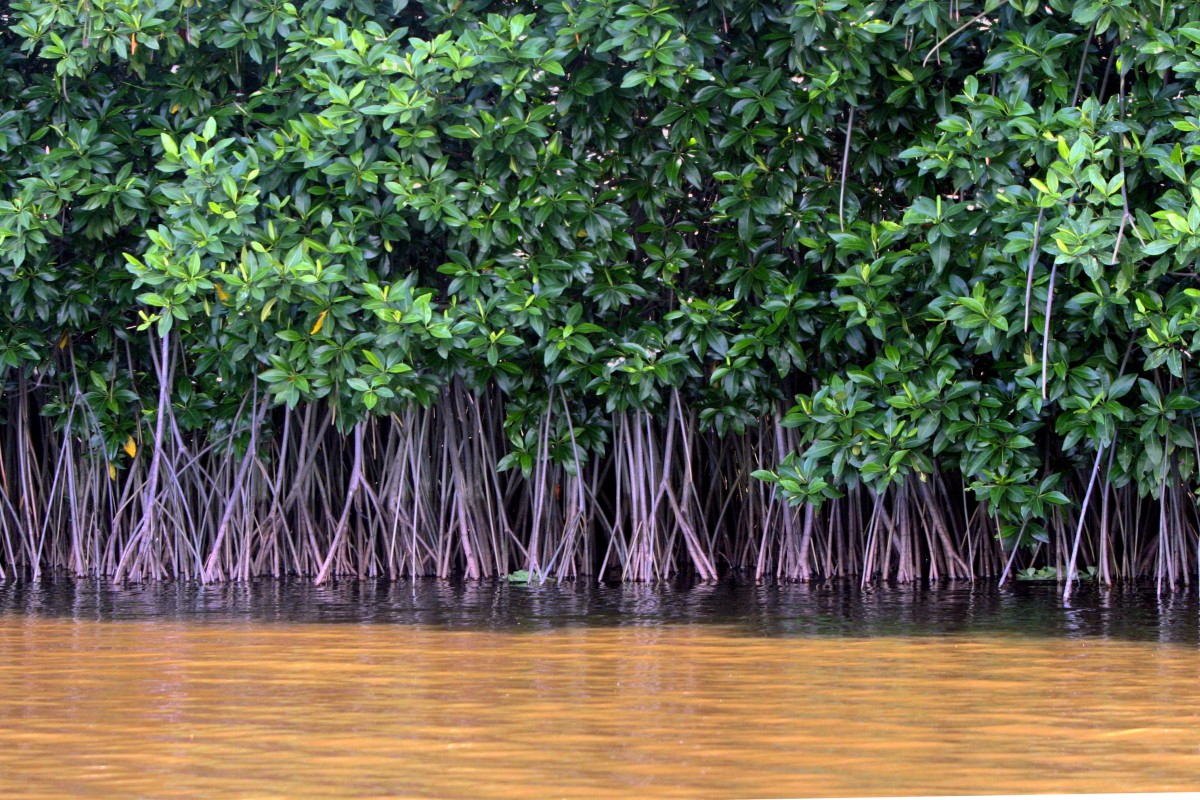
Mangroves around the world: Why these tropical swamps are an important ecosystem for marine life and coastal communities
Apart from being home to many kinds of animals, mangroves protect coastal regions from natural disasters
 The world's mangrove forests are disappearing thanks to farming and industrial activity.
The world's mangrove forests are disappearing thanks to farming and industrial activity.What are mangroves?
Mangroves are trees or shrubs that grow along coastlines in tropical regions. Very few plants are able to grow in the muddy, salty earth where the tide meets the land, but mangroves have adapted to survive the difficult conditions. They often grow so close to the water that their roots become submerged during high tide. Because of this, they provide two different types of habitat: the leafy shrubs above ground, which are home to a range of animals; and the underwater roots, which are the perfect hiding place for small fish.
Why are they important?
Like all plants, mangroves are very good at taking in and storing carbon from the atmosphere. They use it to help them grow. But what makes mangroves extra special is that when they die, they fall to the sea floor, and all the carbon they have stored inside them is buried in the soil, rather than being released back into the atmosphere as carbon dioxide. The carbon that is captured by our ocean and coastal ecosystems is known as blue carbon. Mangroves can store around 163 grams of carbon per square metre every year. This makes them excellent air purifiers.
Mangroves can also act as barriers that protect coastal communities from storms and tsunami. They collect sediment which prevents land erosion, and filter out dirt or pollutants to improve water quality.
Who depends on them?
Mangroves are home to many kinds of birds who build their nests in the canopies. You’ll also find insects, frogs, snakes, lizards, and monkeys among the branches, with crabs burrowing beneath the soil. Further down, crocodiles lurk in the saltwater, while below the surface, mangrove roots make a great nursery for young fish who are vulnerable to predators.
Many human communities rely on the mangroves for wood and food. Some of the plants that grow in the mangroves also have medicinal properties, and can be used for pain relief and anti-inflammatory purposes, and as an antiseptic.
In the mangroves of Bangladesh, many people earn a living from collecting the honey of the great Asian honey bee. It’s an extremely dangerous job, as workers risk running into tigers that live nearby, but their livelihoods depend on it.
Why are they at risk?
The world’s mangrove forests are disappearing at an alarming rate thanks to farming, rising sea levels, coastal development, and industrial activity.
Aquaculture, or fish farming, poses the biggest threat to mangroves. They are cleared to make way for shrimp farms, in particular, which have become big business in recent decades. Not only do shrimp farms result in the loss of mangroves, they also release shrimp waste and feed, pesticides, and other chemicals into the water. In Thailand, shrimp farms had an even deadlier impact, when a devastating tsunami hit its exposed coastlines in 2004.
How can we protect them?
Creating government-protected areas is naturally the best way to preserve the world’s remaining mangroves. But because so much of this ecosystem has already been lost, governments and organisations have been making efforts in recent years to restore them. It’s tricky work; new seedlings must be planted under the right conditions, otherwise they may not survive. However, while some expert knowledge is required, local communities can still play a role in mangrove restoration. With some basic training, they can help to plant and monitor new seedlings.
